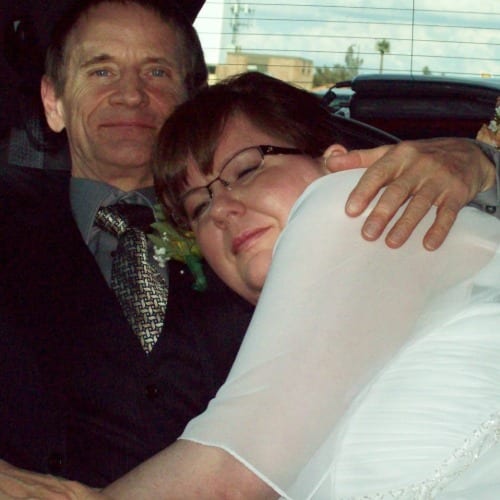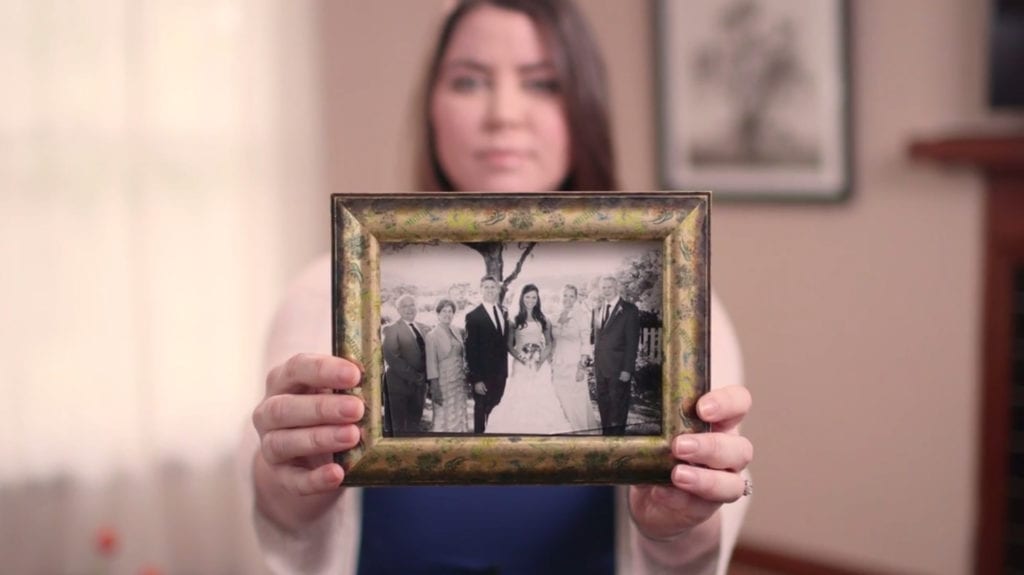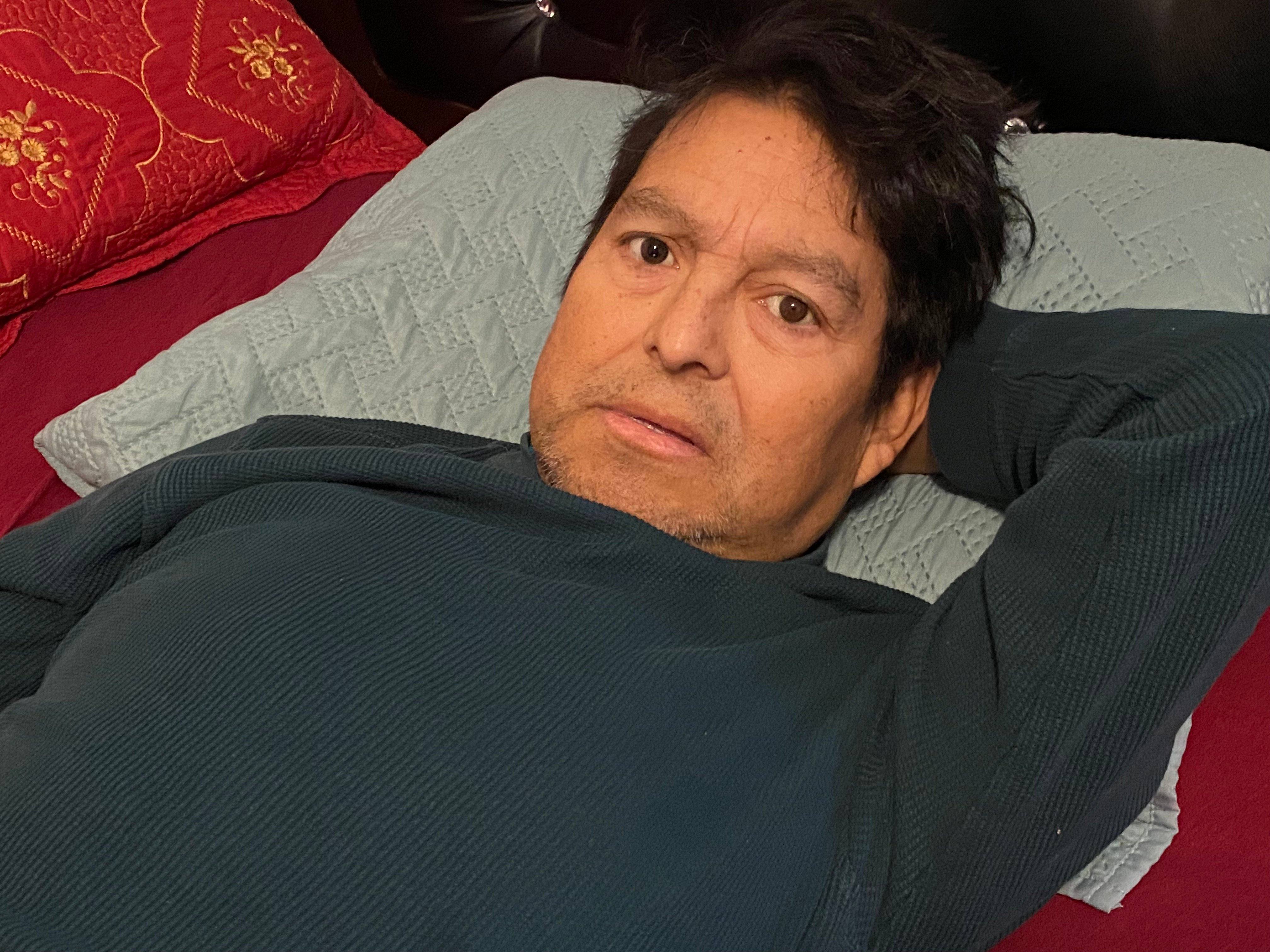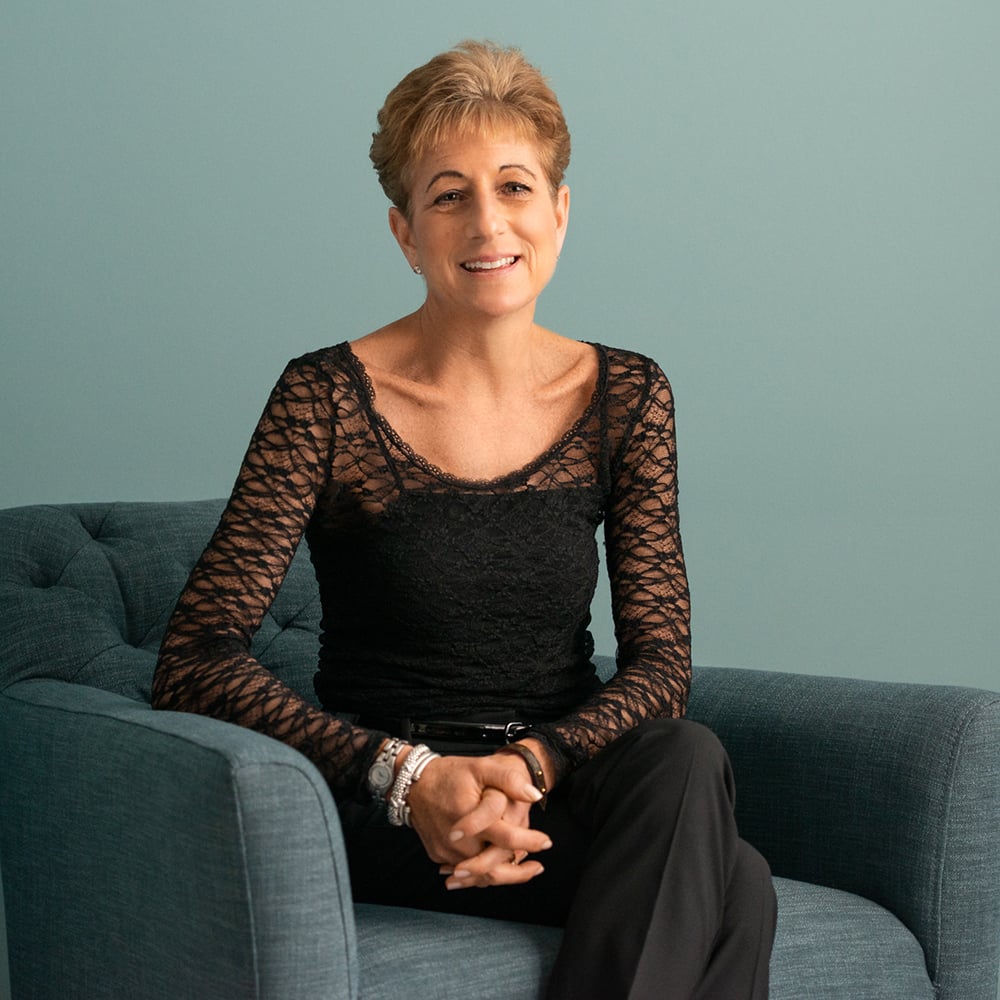If you believe that all Minnesotans deserve the option of a peaceful death, ask your lawmakers to take action.
Lenore shared her story in January of 2020.
In June 2016, my extremely physically-active husband, Brian Kaibel, was diagnosed with ALS. Brian had been a physical trainer, worked in maintenance and security, loved building things, and loved kayaking for weeklong trips, but everything changed quickly. He lost his entire physical being over a period of less than two years. However, he was able to maintain his speech.
Brian had started having difficulty with and pain in his left leg in early 2016. One night while going up our steps, he fell, which in and of itself was unlike him. He went to the doctor, but his leg was persistently not getting better. Two months later, he realized that his toes didn’t raise up fully. We didn’t know that it could be ALS, but I knew something was wrong and we were able to steer his medical care in the right direction for a proper diagnosis.
He was diagnosed rather quickly and we were told the average life expectancy from onset of symptoms was two to five years. From day one, Brian wanted the option of medical aid in dying. He had been an adamant advocate of medical aid in dying before his illness and especially after getting sick.
Living in Minnesota, however, medical aid in dying was not an option. Instead, he considered going to another country to access their physician-assisted suicide law.
Brian was serious enough that we both got passports. It was the first time in my life where I felt clear that a person with a terminal diagnosis and mental clarity should have the autonomy to choose what is right for them. I told Brian, “It’s whatever you want. Do you want to do absolutely everything to extend your life? I’m there at your side. Do you want to put an end to this? You let me know exactly what you want and I will help you. I will do what you want.”
But, Brian hated traveling and, as his disease progressed, it just didn’t make sense to move to another country, surrounded by strangers who speak a different language. In the end, he didn’t want to be in a foreign country. He wanted to die at home.
We started cementing plans for his end-of-life journey a year and a half after his diagnosis. Brian decided the best option for him to control his dying process at home was voluntarily stopping eating and drinking (VSED).
Brian was soon enrolled in hospice and at the end of February 2019, he made a clear decision that he had passed his line in the sand and was ready to utilize VSED to control his last days. We called the hospice nurse and talked about our plan.
He had the support of his doctor, who promised to do what she could to provide him pain and symptom management while respecting his wish to utilize VSED. While his VSED story was one of the “better” ones, it was not without emotional and physical pain, and issues with hospice staff.
The process started calmly and he was asleep for nearly 24 hours before waking up screaming and yelling, in a terminal agitation. With the support of his attending physician, he was given medication to calm him again. Within 36 hours, Brian was once again extremely agitated and uncomfortable. This time, his doctor was not available and the available doctor was reluctant to further sedate Brian and questioned his decision to utilize VSED, “So he stopped eating and drinking, and he can still swallow?”
I explained to the doctor that he had thought through his decision and it was his choice and told him, “Given what his mental state has been, I want him sedated from here on.” The doctor rudely responded, “It’s not about what you want, it’s about what Brian wants.”
I responded sternly, “What he wanted was a way to end it now, what he wanted the other night was for me to give him all the morphine. Now you need to follow through on what the plan is and keep him comfortable. There’s no benefit in it for him in being awake.” He backed off once he realized the nurse was in support and we had clearly discussed our plan with hospice.
Six days later on March 13, 2019, Brian died after deciding to stop eating and drinking when he could no longer breathe well on his own and he was paralyzed from the neck down. He was 66 when he was diagnosed, not yet 69 when he died. My husband would have much rather had the choice of medical aid in dying.
Years before we knew any of this was going to happen, we had gotten into an argument about medical aid in dying. He was such a strong advocate for it and I didn’t understand back then and I didn’t want to talk about it. I didn’t become a full supporter until my first-hand experience with Brian.
ALS is 100% fatal. Brian could barely breathe when he asked, “Why can’t I just do what people in Oregon and California can do?” He shouldn’t have had to go through all that he did.
Brian should have been afforded free agency. Medical aid in dying is not suicide – the fact that he was dying had already been determined. Suicide implies one wants to die, but my husband did not want to die. He simply wanted some control over the last little bit of the when and how in his dying process. Why are we telling dying people that they can’t have something for themselves that other U.S. residents have the option to do?






